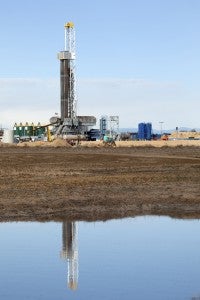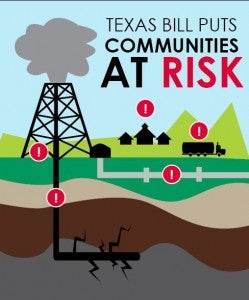 Questions about if and how hydraulic fracturing activities (or “fracking” to some) can contaminate drinking water have been top-of-mind for many since the practice started getting widespread public attention about a decade ago. Recognizing the validity of those concerns, EPA undertook a study to see how the full ‘hydraulic fracturing water cycle’ – which includes water withdrawals, chemical use and mixing, well injection, waste water management and disposal — could potentially impact our drinking water resources. In a EPA draft assessment released last fall, the agency summarized its results, saying researchers “did not find evidence that [fracking] mechanisms have led to widespread, systemic impacts on drinking water resources.”
Questions about if and how hydraulic fracturing activities (or “fracking” to some) can contaminate drinking water have been top-of-mind for many since the practice started getting widespread public attention about a decade ago. Recognizing the validity of those concerns, EPA undertook a study to see how the full ‘hydraulic fracturing water cycle’ – which includes water withdrawals, chemical use and mixing, well injection, waste water management and disposal — could potentially impact our drinking water resources. In a EPA draft assessment released last fall, the agency summarized its results, saying researchers “did not find evidence that [fracking] mechanisms have led to widespread, systemic impacts on drinking water resources.”
EPA’s draft assessment synthesized valuable information and explored a number of key areas of concern. But EDF didn’t agree with the way EPA summarized its findings. And it turns out, after hearing from EDF and other experts across the country, neither do EPA’s advising scientists.
Now, through ongoing review by the Science Advisory Board, the agency is getting feedback, yet again, from dozens of concerned parties (including EDF) with vested interest in making sure EPA gets this assessment right. Here are three things to keep in mind.
Read More











